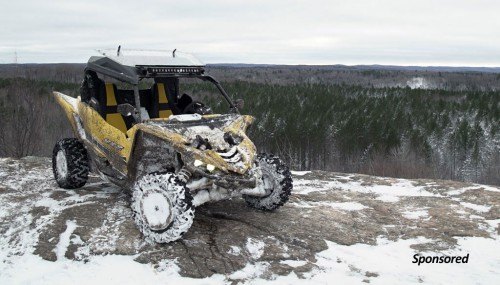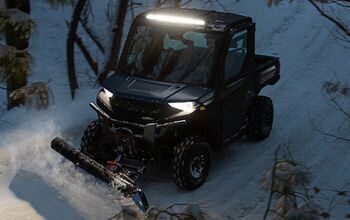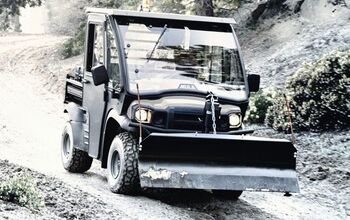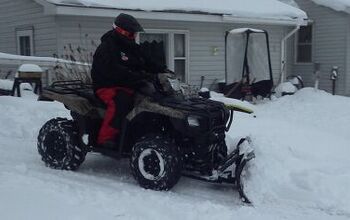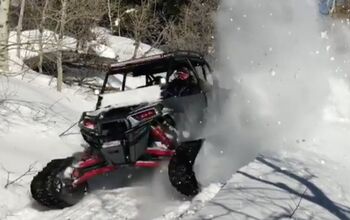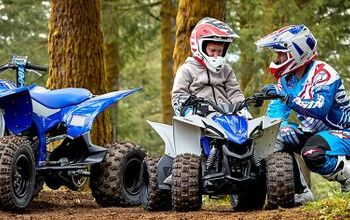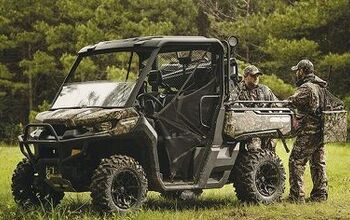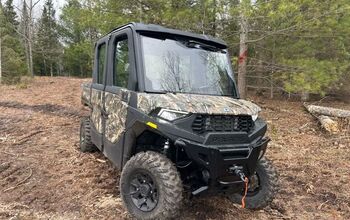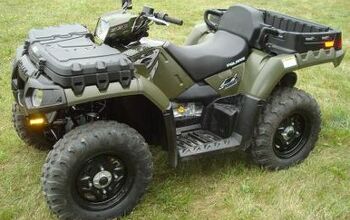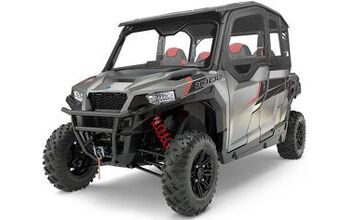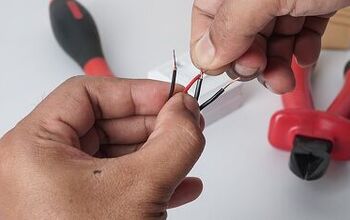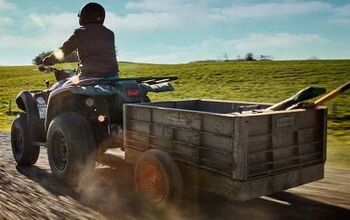How to Drive a UTV in the Snow
Winter doesn’t have to mean the end of your off-roading. Learning to drive a UTV in the snow can bring a whole lot of fun your way this winter.
One of the great advantages to owning a side-by-side machine is the ability to stretch the riding season just a little bit further. Snowmobiles need to be packed up once winter vanishes, and ATVs can sometimes find themselves in a pickle when trying to paw their way through a winter wonderland.
But UTVs? Their general combination of weight, width, and muscle make them a good choice for a bit of year-round fun. No, they won’t tackle the deep powder like a purpose-built sled, but most of them will do a great job of bombing through several inches of the white stuff.
Snow Day with a Yamaha YXZ1000R + Video
It goes without saying that one shouldn’t use their UTV on restricted groomed snowmobile trails, as aggressive rubber tire treads are likely to chew into the surface like a puppy chews through your new set of shoes. Some parts of the country have a hard enough time battling their local Karens for the opportunity to enjoy the great outdoors; we don’t need to make it difficult on each other.
Now, if you’ll excuse us, we’re excited to see the first few flakes of the year falling from the sky.
Since the vast majority of UTVs are built with warm weather in mind, it’s a good idea to make sure your rig’s fluids are suitable for freezing temperatures. Liquid-cooled engines will need a radiator full of sterner stuff than one might run in the summer, so be certain what’s circulating through your UTV’s veins is up to the task. Tucking a bottle of fuel line antifreeze is cheap insurance as well.
When it comes to learning how to drive a UTV in the snow, what’s true on the road is true on the trail: snow and ice are going to stretch your machine’s reaction times. Abrupt inputs of steering or power are never a great idea in a UTV, but are doubly harmful on a slick surface. The 181 turbocharged horsepower in the Polaris RZR PRO XP we had at our disposal can easily spin the rig’s tires into oblivion long before they ever produce any forward movement. There’s nothing wrong with using all the throttle travel when the situation presents itself, but try and roll onto the pedal with greater finesse than you would in the summer.
If you’ve taken a UTV through deep sand, you’ll understand momentum is your friend in such an environment. It is also a good companion in the snow. Reaching the other side of the field during a high speed blast can depend on judicious use of the throttle to maintain forward motion. If you’re into sky-high rooster tails (and who isn’t), this is the time for them.
Where deep snow differs from deep sand, especially fine granular desert sand, is the latter’s propensity to pile up in front of a UTV’s tires if the driver cranks the wheel during a downhill slog. Desert runners will tell you this simply creates a plow effect, one in which the machine often continues straight but slows down considerably thanks to the mini-tsunami of sand you just created.
We took a Yamaha YXZ1000R on an incredible snow day drive a while back.
Snow acts differently, often forming itself around the tires and creating ruts. These can be equally frustrating to get out of, but the upshot of this comparison is that a rubber-tired UTV will likely go where you point it while driving in deep snow. Packed snow will react similar to other packed surfaces, but isn’t generally as squirrely as compacted sand. It goes without saying that drivers shouldn’t venture onto ice without first knowing if it is safe to bear the weight of you and your machine.
Even after figuring out how to drive a UTV in the snow, getting stuck is always a possibility. Extracting oneself will require similar tactics to other conditions: careful throttle inputs, rocking back and forth, deploying a winch. Knowing you’ll be putting stress on mechanical components when this happens, toss an extra belt into the UTV’s storage compartment for good measure.
Yeah, we sound like your grandmother with that subtitle. But it’s true – you’re going to need an extra clothing layer or three depending on the ambient temperature. A helmet does a great job of insulating one’s head, the portal through which most body heat evaporates, but that windshield-free riding experience is – at-speed – going to send cold air through the trunk of your body like a knife through butter.
A good pair of gloves is a must for winter driving. When in doubt…look to snowmobilers. They know gloves like nobody else. Cold fingers can ruin your day faster than just about anything, so insulated snowmobile gloves or even snowmobile mittens will do a great job of protecting your hands when the mercury drops.
UTV manufacturers have gotten a lot better in recent years with storage solutions, with the Polaris RZR PRO XP on these digital pages laden with all manner of space in which to tuck extra clothing and the like. Investing in a helmet that includes a breath box and chin curtain wouldn’t go astray, either.
Of course, the alert (and moneyed) reader will simply solve traction problems by fitting a set of tracks to each corner of their UTV in lieu of rubber tires. This is a fun solution, providing snow-flinging opportunities in addition to looking like something out of the cooler side of Mad Max. If you do decide on this course of action, your author’s personal experience suggests that it is highly recommended the machine have an engine displacement of at least 500cc. This should provide enough grunt to overcome the newly enlarged contact surface and turn those massive tracks.
Considering an enclosed cab – fabric or metal – isn’t the worst of ideas if you plan to make winter sojourns a regular thing. This RZR PRO XP can be fitted with canvas upper half doors, for instance, along with a windshield (pro tip: splurge on the wiper kit) and roof to create a cold weather cocoon. A new optional heater can be installed under the RZR’s dash, drawing on the engine coolant for its heat source. These are comforts not enjoyed by your author in his first car.
The bottom line is that winter doesn’t have to be a dreary and miserable experience. Force yourself to bundle up and go learn how to drive a UTV in the snow. Sliding your Side-by-Side around a snowy corner is some next-level fun that you don’t want to miss.
Just keep in mind that you’ll want a warm place to park your UTV after the ride so the snow and ice you are bound to pick up will be able to melt off between rides.
Become an ATV.com insider. Get the latest news first by subscribing to our newsletter here.
We are committed to finding, researching, and recommending the best products. We earn commissions from purchases you make using the retail links in our product reviews. Learn more about how this works.
More by Matthew Guy




